 LOCAL NEWS
LOCAL NEWS
Though California faces serious water shortages, the Legislature's analysts recommend weaker outdoor conservation requirements and longer deadlines.
 LOCAL NEWS
LOCAL NEWS
Gilroy City Hall. Photo: Erik Chalhoub
Water, wastewater rate increases take effect
 LOCAL NEWS
LOCAL NEWS
Water
In a milestone for creating a major new source of drinking water, California has approved its first standards for turning sewage into potable water supplies delivered to homes and businesses.
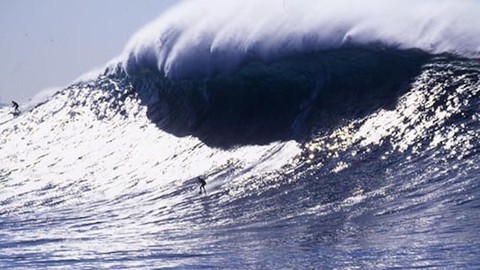
Only a few small demonstration projects off the West Coast have harnessed the power of waves and tides. Costs are high and hurdles are challenging.
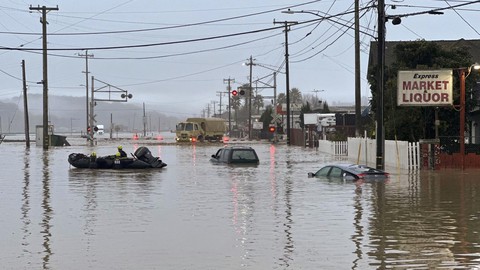
California ranks among the top states suffering economic damage from climate-related disasters. The report describes food shortages, floods, droughts, wildfires, pollution, disease—all linked to climate change.
 LOCAL NEWS
LOCAL NEWS
Two years ago, the cost of the dam project—required for earthquake protection and improved flood control for the Coyote Creek watershed—was estimated at $648 million.
 LOCAL NEWS
LOCAL NEWS
The Gilroy City Council passed a water and wastewater rate increase Oct. 16 that will be more gradual over five years than was originally proposed. On a 5-0 vote, the council agreed to raise water rates by 6% every year …
 LOCAL NEWS
LOCAL NEWS
Water providers say rebates for residential areas are costly and many people refuse to remove their lawns. The rules aim to save enough water for more than a million households a year.
 LOCAL NEWS
LOCAL NEWS
California’s water storage and delivery systems are in good shape heading into the rainy season, having benefited from last year’s near-historic rain and snowfall totals, according to the state’s top water managers. Coming off three years of punishing drought conditions, …
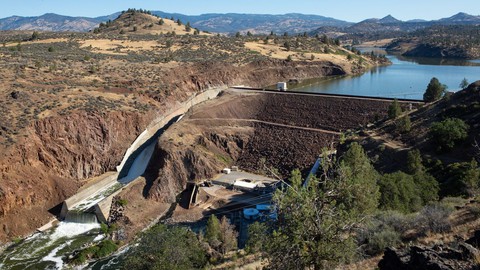
As four aging hydroelectric dams are demolished, tribes and communities along the Klamath River wait anxiously to see what the future holds. “Once a river is dammed, is it damned forever?” experts ask.
 LOCAL NEWS
LOCAL NEWS
On Aug. 22, the Valley Water Board of Directors allocated additional resources to support greater service and coordination toward cleaning up trash, debris and hazardous pollutants produced by encampments along waterways in Santa Clara County. The board approved two new …
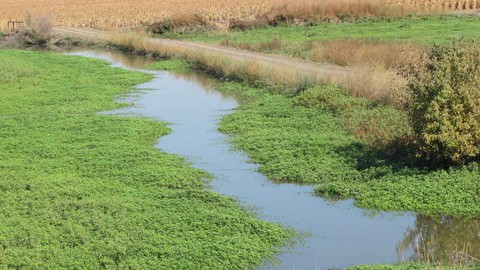
Since the Gold Rush era, land reclamation projects have helped to build California, but they are also damaging the state’s environment for people, plants and animals by eliminating essential wetlands.

California has used reclamation districts to turn millions of acres of unusable swamps into fertile agricultural land, starting in the earliest days of the Gold Rush. Here’s how it happened.
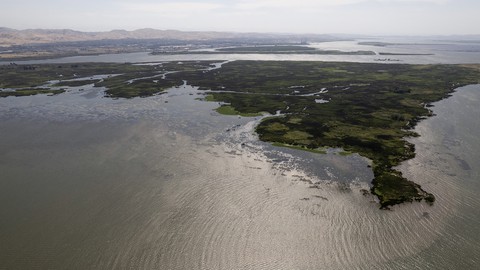
A discrimination complaint filed by Native American tribes and environmental justice groups alleges that California has failed to protect water quality in the Bay-Delta. The EPA is investigating.
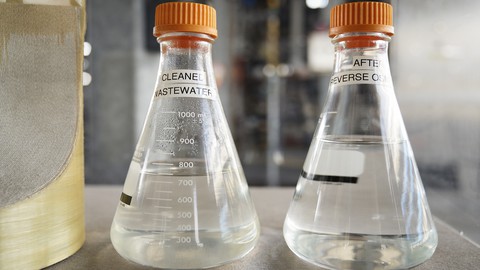
Waste would undergo extensive treatment and testing before it’s piped directly to taps, providing a new, costly but renewable water supply. The state’s new draft rules are more than a decade in the making.
 LOCAL NEWS
LOCAL NEWS
Local water district officials on June 13 adopted new permanent water use restrictions, as well as a process to enforce them even during non-drought periods. The Valley Water board of directors unanimously approved a resolution “declaring that water conservation must …
 LOCAL NEWS
LOCAL NEWS
Plans to build a new dam for Pacheco Reservoir in southeast Santa Clara County are on hold after a superior court judge in May ruled that the project developer had incorrectly claimed it is exempt from state environmental laws. Santa …
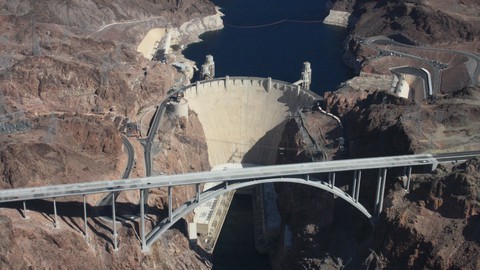
California will cut use of water from the Colorado River drastically under a new agreement announced by the Biden Administration on May 22. Nevada and Arizona have also agreed to the cuts.